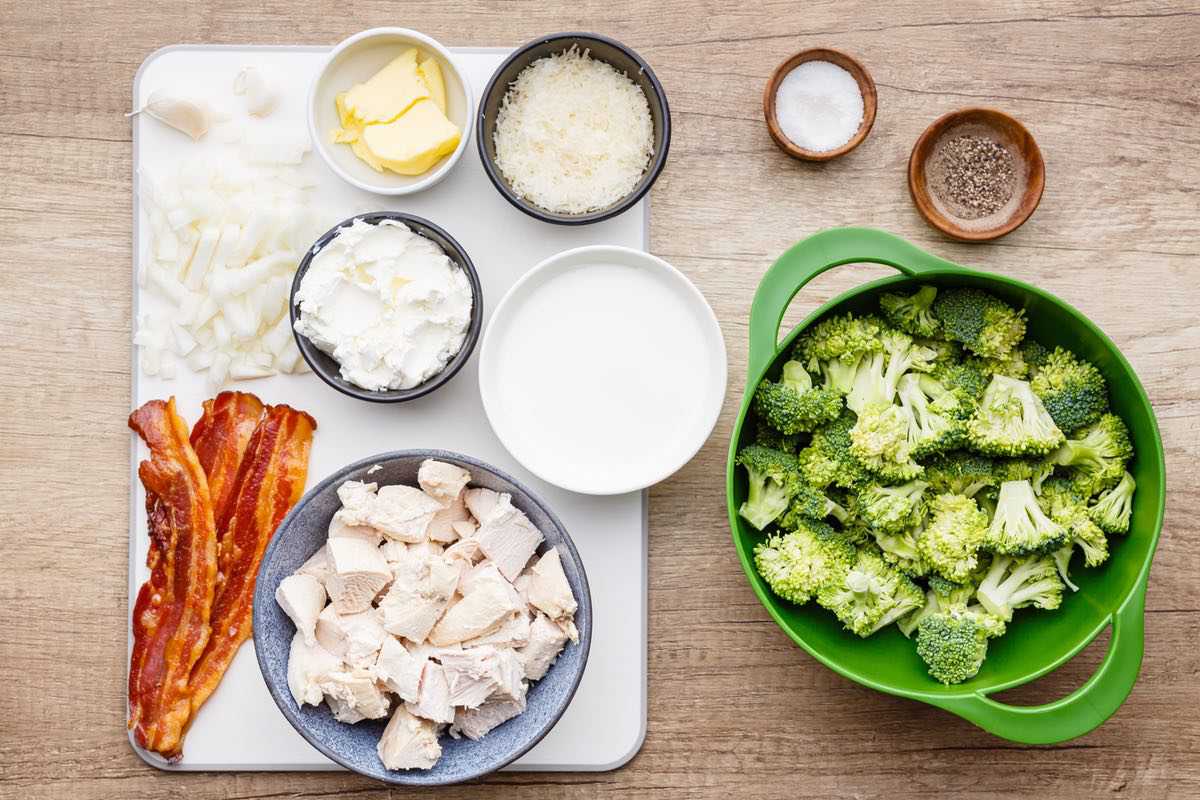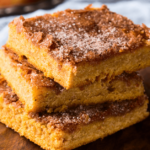Embark on a culinary adventure where creamy richness and tangy delight aren’t sacrificed at the altar of dairy-free living! This guide unveils the secrets to crafting delicious, dairy-free dishes that will tantalize your taste buds and leave you wondering why you ever needed milk, cheese, or yogurt. Prepare to discover a world of flavorful alternatives, innovative techniques, and 25 irresistible recipes that prove ditching dairy doesn’t mean sacrificing flavor – it simply expands your culinary horizons.
We’ll explore a treasure trove of dairy-free milk substitutes, from the nutty embrace of almond milk to the smooth texture of oat milk, each with its unique character and ideal culinary applications. Learn to whip up your own creamy, tangy dairy-free yogurt and cream cheese, unlocking the secrets to achieving that perfect texture and flavor. We’ll conquer the challenges of dairy-free baking, mastering techniques that ensure perfectly risen cakes and delightfully chewy cookies. Through flavorful herbs, spices, and innovative techniques, we’ll transform everyday dishes and decadent desserts into dairy-free masterpieces.
Dairy-Free Substitutions
Embarking on a dairy-free journey doesn’t mean sacrificing creamy textures or delightful flavors. A wide array of delicious and nutritious alternatives exist, each offering unique characteristics that can enhance your culinary creations. Understanding these options and their properties is key to successfully replacing dairy in your favorite recipes.
Dairy-Free Milk Alternatives
Choosing the right dairy-free milk depends heavily on the desired flavor profile and the recipe’s requirements. Some options are better suited for baking, while others shine in beverages or sauces. The following table provides a comparison of popular choices:
| Milk Type | Flavor Profile | Recipe Suitability | Nutritional Highlights |
|---|---|---|---|
| Almond Milk | Slightly sweet and nutty, can be watery depending on brand. | Beverages, smoothies, some baking (with added thickeners). | Low in calories, good source of vitamin E. |
| Soy Milk | Mildly sweet, slightly beany flavor, often fortified. | Versatile, suitable for baking and cooking. | High in protein, good source of calcium and iron. |
| Oat Milk | Creamy, slightly sweet, naturally thick. | Excellent for baking and cooking, creates creamy textures. | Good source of fiber, naturally thick consistency. |
| Coconut Milk (full-fat) | Rich, creamy, distinctly coconut flavor. | Curries, soups, desserts, adds richness and creaminess. | High in fat and calories, good source of saturated fat. |
Homemade Dairy-Free Cream Cheese
Achieving a creamy, tangy dairy-free cream cheese is surprisingly simple. The key is using a base of soaked cashews, which provide a smooth, luxurious texture. Lemon juice contributes to the tang, while nutritional yeast adds a cheesy flavor.
This recipe yields a spreadable cream cheese that’s perfect for bagels, sandwiches, or as a dip. Imagine a vibrant, pale ivory cream cheese, smooth as silk, sitting in a ceramic bowl, ready to be spread. The aroma hints at subtle lemon and a hint of nutty cashew.
Ingredients: 1 cup raw cashews (soaked in hot water for at least 30 minutes), ¼ cup lemon juice, 2 tablespoons nutritional yeast, 1 tablespoon water (or more, as needed), ¼ teaspoon salt.
Instructions: Blend all ingredients until completely smooth and creamy. Adjust consistency with additional water if necessary. Refrigerate for at least 30 minutes to allow flavors to meld.
Homemade Dairy-Free Yogurt
Creating your own dairy-free yogurt allows for complete control over ingredients and sweetness. Coconut milk provides a rich base, while a starter culture (available online or at health food stores) ensures proper fermentation and a tangy flavor. The finished product will resemble a thick, creamy yogurt, with a slightly sweet, subtly tangy flavor, reminiscent of traditional yogurt but with a distinct coconut undertone.
Ingredients: 1 can (13.5 oz) full-fat coconut milk (refrigerated overnight), 2 tablespoons dairy-free yogurt starter culture.
Instructions: Gently scoop out the thick coconut cream from the top of the can, leaving the watery liquid behind. Whisk the coconut cream with the starter culture until well combined. Pour into a clean jar, cover loosely, and incubate at a warm temperature (around 110-115°F) for 12-24 hours, or until thickened. Refrigerate for at least 4 hours before serving.
Dairy-Free Baking Challenges and Solutions
Substituting dairy in baking presents unique challenges. Dairy contributes to texture, moisture, and rise. Replacing it requires careful consideration and adaptation. For example, dairy fat contributes to tenderness and richness in baked goods. Replacing it with oil often leads to a slightly denser product. Dairy proteins contribute to structure and rise in baked goods. Replacing these requires using alternatives such as applesauce or flax eggs which provide binding and moisture. Experimentation is key to achieving optimal results. Consider using dairy-free butter alternatives or oil for richness and moisture, and adding flax eggs or applesauce for binding and structure. Often, a recipe will need adjustments to achieve the desired outcome. For instance, a recipe might require more liquid or less leavening agent when using dairy-free alternatives.
Visual Guide to Dairy-Free Cooking

Mastering dairy-free cooking isn’t just about finding substitutes; it’s about understanding how the visual properties of ingredients change throughout the cooking process. This visual guide will help you assess ingredient quality, track the transformation of your dishes, and ultimately create visually appealing and delicious dairy-free meals. By understanding the visual cues, you’ll gain confidence and precision in your dairy-free culinary adventures.
Dairy-Free Ingredient Appearance and Quality Assessment
Visual inspection is crucial for determining the freshness and quality of dairy-free ingredients. For example, fresh silken tofu should have a smooth, creamy white surface, free from discoloration or unpleasant odors. Yellowish or brown discoloration indicates age. Similarly, high-quality coconut milk should appear opaque and creamy, with a rich, white color. Thin, watery coconut milk suggests it may be old or of lower quality. Nuts and seeds should be plump and free of mold or discoloration; shriveled or discolored nuts often signify staleness. Observing these visual cues helps ensure you’re starting with the best ingredients, enhancing the flavor and texture of your final dish.
Visual Changes During Dairy-Free Quiche Preparation
Let’s consider the visual transformation of a dairy-free quiche using a cashew-based cream. Initially, the raw cashews are pale ivory, relatively dry, and irregularly shaped. After soaking, they plump up, becoming smoother and lighter in color. The cashew cream, blended with nutritional yeast and spices, transforms into a smooth, pale yellow paste, reminiscent of a creamy béchamel sauce. As the quiche bakes, the crust deepens in color, developing a golden-brown hue, while the filling sets, becoming slightly firm and exhibiting a creamy texture. The final quiche displays a beautiful contrast between the golden-brown crust and the pale yellow filling, a visually appealing combination that hints at the creamy richness within.
Visual Appeal of a Finished Dairy-Free Lasagna
A successful dairy-free lasagna should be a feast for the eyes. Imagine layers of vibrant red marinara sauce interspersed with the rich, deep brown of dairy-free ricotta (perhaps made from tofu or cashews), and the earthy tones of spinach or other vegetables. The layers of pasta should be evenly distributed, not overlapping excessively, creating a neat and visually pleasing presentation. A sprinkling of melted dairy-free mozzarella (perhaps made from coconut oil or potatoes), creating golden brown, slightly bubbly spots, adds visual interest and texture. The final presentation should be a layered masterpiece, exhibiting a harmonious blend of colors and textures, promising a delightful culinary experience. The rich colors and textures work together to create a visually stunning dish that entices the diner before they even take a bite.
From the subtle nuttiness of almond milk lattes to the decadent richness of a dairy-free chocolate cake, this journey into the world of dairy-free cooking has shown you that deliciousness knows no dairy boundaries. Armed with the knowledge of substitutions, flavor enhancement techniques, and a collection of 25 must-try recipes, you’re now equipped to create a vibrant and flavorful dairy-free culinary experience. Embrace the versatility of plant-based alternatives, unleash your creativity in the kitchen, and savor the satisfaction of crafting delectable, dairy-free meals that are both healthy and incredibly delicious. Bon appétit!
User Queries
Can I freeze dairy-free milk?
Yes, most dairy-free milks freeze well. However, the texture might change slightly after thawing; it’s best to shake well before use.
How long do homemade dairy-free yogurt and cream cheese last?
Store homemade dairy-free yogurt and cream cheese in the refrigerator for 3-5 days. Always check for signs of spoilage before consuming.
What are some good substitutes for butter in baking?
Applesauce, mashed bananas, or vegan butter are excellent butter substitutes in baking, depending on the recipe.
Are all dairy-free cheeses created equal?
No, dairy-free cheeses vary significantly in taste, texture, and melting properties. Experiment to find your favorites for different applications.


